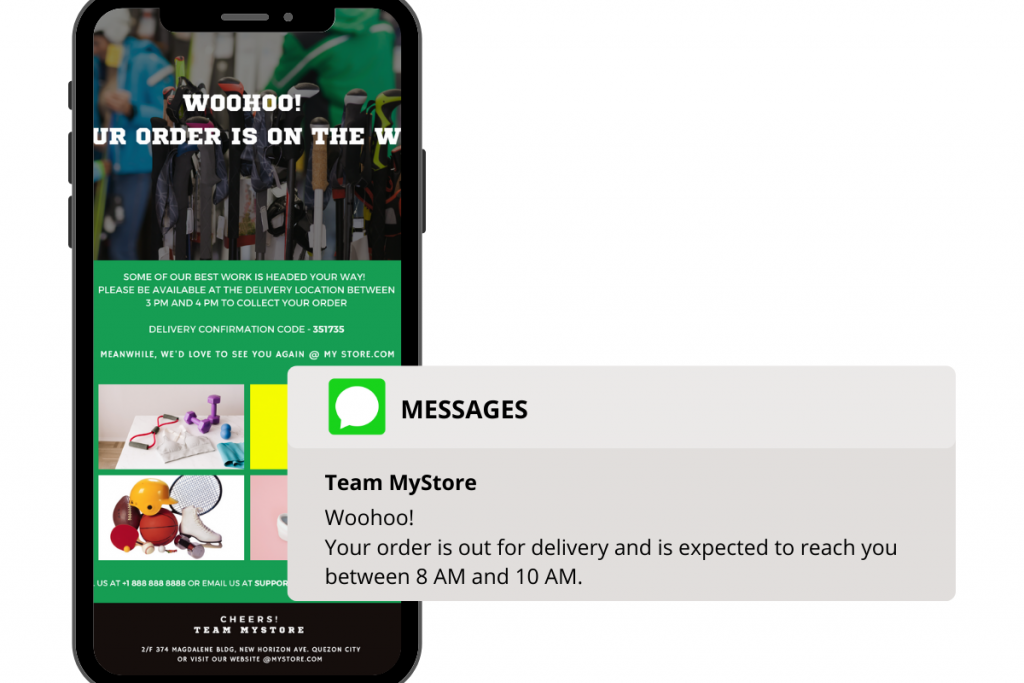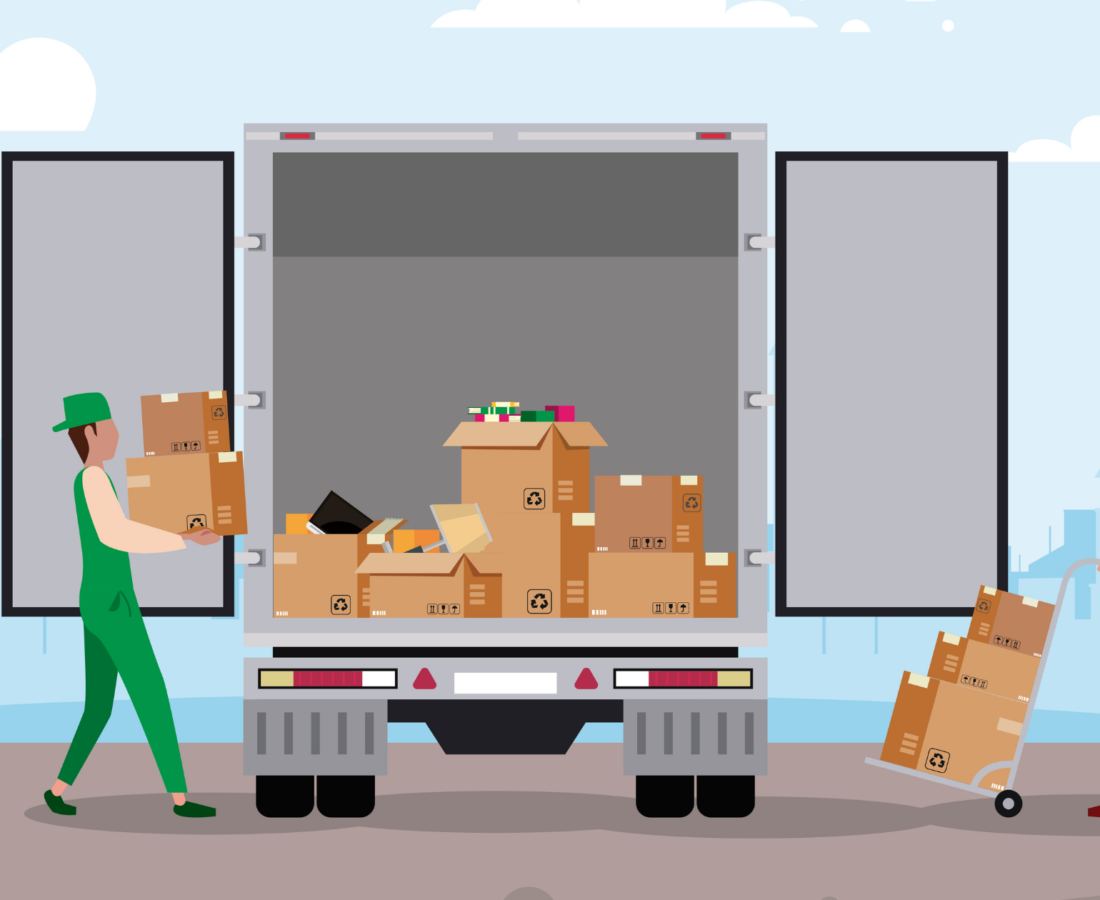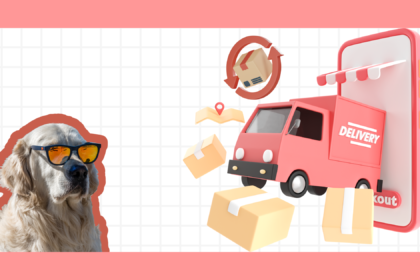“Get ready to jump with joy as your order is out for delivery”.
A message that all online shoppers can’t wait to see on their device, as this is a sign that their package is nearing them and is about to be delivered soon.
From your (the merchant’s) perspective, while the emotions might differ, seeing the message on the carrier’s page and sharing these notifications with your customers holds the same importance because,
- The package has successfully evaded almost 80% of all delivery issues (barring cases of delivery exceptions, order returns, or package theft) and
- This is the only thing between your customers and their most exciting orders, the time when you are rewarded for your product and service via customer satisfaction and loyalty
This makes the out for delivery notification special compared to other transactional shipping notifications sent during the post-purchase, order delivery phase of e-commerce.
But what makes this delivery stage so special? To know that we’ll start with what being out for delivery means and where it sits in the e-commerce last-mile order delivery process.
What Does Out for Delivery Mean?
Let’s split ‘out for delivery’ into two perspectives where you stand between. From the shipping carrier’s perspective, this indicates that the package has left the shipping facility and is in transit to the customer’s address. From the customer’s perspective, on the other hand, this implies that the package’s arrival on the specified delivery date is almost confirmed.
Packages that are marked “out for delivery”, will reach their destination on the same day or the next day, given the distance and situation between the carrier’s transportation hub or fulfillment center and the customer’s doorstep.
To get a better context, let’s look at where it sits in the e-commerce order delivery process
a) Where out for delivery sits in the e-commerce delivery process
The traditional last-mile delivery process usually consists of 4 simple events or transactional notifications that are sent to the customer whenever there is an update on their orders.
- Shipped – When the order is “shipped”, it implies that the carrier has picked up the package.
- In transit – The order is in transit when it leaves the first hub and is on its way to reaching the carrier’s hub at the delivery city.
- Out of delivery – Out for delivery indicates the order is now in its final stretch. The package has left the carrier facility and is on its way to the customer.
- Delivered – The order is marked “delivered” when the order sits on the customer’s doorstep
Apart from these frequent transactional notifications front, there can also be several uncommon instances such as delivery attempts, in-transit with delays, loss/damage, etc. E-commerce brands such as yours can leverage these events to send shipping notifications that alleviate your customers’ worries and also come with a great deal of benefits for you.
Going back to the context, there can still be some questions like what to do when the package has been out for delivery for 3 or more days? or where is my package that is out for delivery but has not been delivered yet?
In your mind, you need clear answers before you can communicate the same with your customers. And that brings us to dissect out for delivery as an event further.
b) Why does an out for delivery event matter to an e-commerce merchant?
The “out for delivery” event is a critical touchpoint in the e-commerce customer journey. It holds significant importance for merchants due to several reasons.
Apart from minimizing customer support inquiries and improving customer satisfaction by reducing anxiety and uncertainty, this event also comes up with a great scope for marketing opportunities.
Instead of sending your customers to the carrier’s tracking page, you can create your own branded order tracking pages that can be used to promote complementary products or services.
You can also use real estate on your tracking pages to collect customer feedback on their post-purchase purchase experience, thereby gaining valuable insights into identifying areas for improvement.
c) What happens when a package out for delivery doesn’t get delivered
In most cases, a package marked as “out for delivery,” is expected to be delivered on the same day. However, there can be instances where it takes forever to arrive and there can be multiple reasons for such delivery exceptions.
- Location – The distance between the distribution center and the delivery address (i.e. the delivery address’s proximity to the distribution center)
- Delivery Schedule – Carriers have specific delivery routes and schedules that they target in a day. Multiple delivery locations (stops) and complex routes can impact the delivery timeline of the other packages
- Traffic Conditions – Traffic congestion, accidents, or adverse weather conditions on a particular can delay the delivery process
- Volume – High shipping volume is a rare instance but probable scenario where the package volume handled by the delivery person gets too much for a single day
Out for delivery vs delivered: The final hurdle
In most cases, when an out for delivery doesn’t get updated to delivered, it means your carrier, be it FedEx, UPS, USPS, or Amazon is attempting re-delivery, dropping off the package at a nearby pickup point, etc.
However, unlike you, customers who shop with you don’t have the patience to uncover all of this. What matters to them is their package reaching on time and when they get slightly anxious about that happening, their actions can go a long way, complicating the problem further.
1. Support reps are bombarded with a huge volume of WISMO inquiries
Even when there are no issues regarding customers’ parcels, their anxiety at the last mile stage leads them to bombard support reps with order status notifications (WISMO inquiries).
Such calls negatively impact your customer satisfaction metrics by consuming all of the support reps’ time and preventing them from dealing with other important queries.
Over 30% of customer support tickets created are SHIPPING and DELIVERY-related
2. Disgruntled customers negatively impact your brand’s online reputation
Delivery issues must be resolved proactively and addressed at the earliest because the first thing irate customers do is take such issues to social media and tarnish the brand’s reputation online.
During such events, every negative review from your customers causes irreversible damage to the brand image and far worse, demotivates their close ones from shopping with the said brand.
93% of the customers say that they read online reviews before buying a product.
3. Higher costs associated with returns and customer acquisition
E-commerce businesses run the risk of losing even their most loyal customer to a competitor after just one bad delivery experience.
Trying to replace these existing customers may not be the best idea because it is 5x more expensive to acquire a new customer than to retain an existing one.
Over 55% of customers won’t return to a brand or retailer after one bad experience, indicating that today’s consumer has nearly zero thresholds for delivery failures.
Even if they choose to stick with you, they can simply refuse to collect their orders, leading to unwanted returns and related expenses.
The saying prevention is better than cure might sound cliche but it holds true in this context. While these issues, the reasons they happen, and how to approach them depend on the shipping carrier and the circumstances — there are actions that you can take to mitigate this from becoming a serious problem.
What to Do if Your Package is "Out for Delivery" for an Extended Period
When a package has been marked as “out for delivery” for three or more days without arriving, it’s understandable to be concerned.
First things first, customers are often anxious regarding the status of orders during the last mile. So, constantly stay in touch by keeping them in the loop of their orders
Integrate your existing email and SMS marketing tools with your delivery management system and send ‘out for delivery’ notifications in the last mile. This way, the customer can stay at the location to collect the delivery or request a change to avoid last-minute delivery exceptions.

Second, it’s better to be the bearer of bad news than to be confronted by the customer on hiding things
In case you see things going wrong, proactively reach out to the customer to inform them of the delay and assure them that you’re investigating the issue.
Tracking your customers’ parcels in real-time gives you complete visibility of your shipments in transit but foresight as well for shipments that are likely to face delays.
Once you gain control over your in-transit shipments facing issues, you can step in before they impact your customers and resolve them. In cases with uncommon issues such as weather delays and roadblocks, a simple preemptive acknowledgment can work in your favor as equal as resolving issues.
Keeping a close eye on the package’s tracking information for progress can help you see if the situation gets better. If not, be prepared to offer solutions like discounts or store credits to compensate for the inconvenience. P.S. Be empathetic and offer sincere apologies (even when the issue is not your fault).

Thirdly, there can be a worst-case scenario with the package getting lost or the customer simply refusing to accept the package owing to the delay
In such cases, you need to be prepared to offer solutions like reshipping or refunds. Don’t worry about these costs because you no longer have to bear the blame and shell out dollars for failures and billing errors by carriers. If the reason for the delayed delivery is due to a carrier error, then you can easily recover refunds from shipping carriers.
You don’t have to do it manually. Make use of an automated parcel audit system like LateShipment.com that identifies 50+ carrier failures including late deliveries and lost packages, thus helping you save up to 20% on shipping costs. Also, regularly claiming shipping refunds can in turn enable your shipping carriers to perform better and prevent such incidents from occurring in the first place.
Bottom Line
Implementing all these last mile best practices by yourself can be difficult. To make it easier, you can make use of a post-purchase solution such as LateShipment.com that does all the heavy lifting on your behalf.
LateShipment.com is specifically built for ecommerce retailers such as yourself to deliver phenomenal post-purchase CX and measurable results, all while effortlessly recovering refund claims from your shipping carriers.
Interested? We at LateShipment.com can’t wait to help you grow your fanbase, savings, and business.




